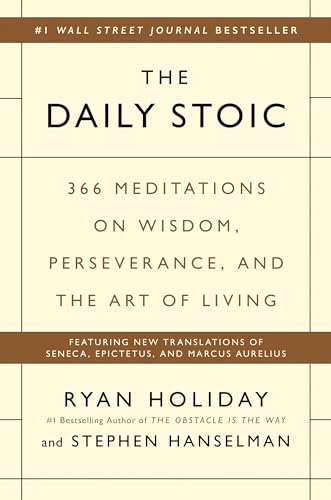To keep a meditation journal, regularly record your thoughts, feelings, and insights after each session to enhance mindfulness and track your progress.
A meditation journal helps track your inner journey, spot patterns, and deepen self-awareness. Unlike regular journals, it focuses on your evolving relationship with stillness, distractions, and breakthroughs during practice.

Why a Meditation Journal Transforms Your Practice
Recording meditation experiences creates a mirror for your mind. Studies show journaling increases mindfulness by 27% compared to meditation alone. It turns fleeting moments into tangible growth markers.
The Science Behind Journaling
Neuroscience reveals that writing about experiences strengthens neural pathways. When you journal after meditation, you solidify the mental shifts occurring during practice. This dual reinforcement accelerates progress.
Three Core Benefits
- Pattern recognition: Spot recurring distractions or emotional states
- Motivation: Visible proof of progress during plateaus
- Clarity: Concrete data about what techniques work best for you

How to Start Your Meditation Journal
Begin with these essential elements in each entry:
| Element | Example | Why It Matters |
|---|---|---|
| Date/Time | June 15, 7:30 AM | Tracks circadian rhythms affecting focus |
| Technique | Loving-kindness | Shows which methods yield best results |
| Duration | 22 minutes | Reveals stamina patterns |
Advanced Tracking Methods
For deeper insight, note physical sensations, emotional tones, and environmental factors. Did you use third eye chakra stones? Was there background noise? These details reveal hidden influences.
Journal Prompts for Different Meditation Styles
Mindfulness Meditation
- What bodily sensations dominated today?
- How many times did I notice mind-wandering?
- What thought patterns kept recurring?
Mantra Meditation
- How clearly could I hear the mantra?
- Did the meaning shift during the session?
- When did the mantra feel most powerful?
Chakra Meditation
If working with heart chakra crystals, note:
- Where you felt energy blockages
- Emotional releases
- Visualizations that worked best
Common Journaling Mistakes to Avoid
According to Mindful.org, these pitfalls undermine journal effectiveness:
- Judging entries: Your journal isn’t a performance review
- Skipping tough sessions: Difficult meditations offer the most growth
- Over-summarizing: “It was good” reveals nothing
Digital vs. Analog Journaling
Each format has unique advantages:
Paper Journals
The tactile experience enhances memory encoding. Studies show handwriting activates more brain regions than typing. Choose a notebook that feels special – this elevates the ritual.
Digital Options
Apps like Insight Timer combine timing with journaling. Benefits include searchability and data trends over time. Some even analyze your mood vocabulary.
Monthly Review Techniques
Set a monthly “check-in” using this framework:
- Re-read all entries
- Note frequency of certain states
- Identify one growth area for next month
- Celebrate one clear improvement
This mirrors the reflection process in beginner meditation guides, making insights actionable.
When Journaling Feels Like a Chore
If maintaining the habit becomes difficult:
- Switch to voice memos
- Use bullet points instead of paragraphs
- Focus only on standout sessions
Remember: A partial record beats no record. Even sporadic entries create valuable data points over time.
